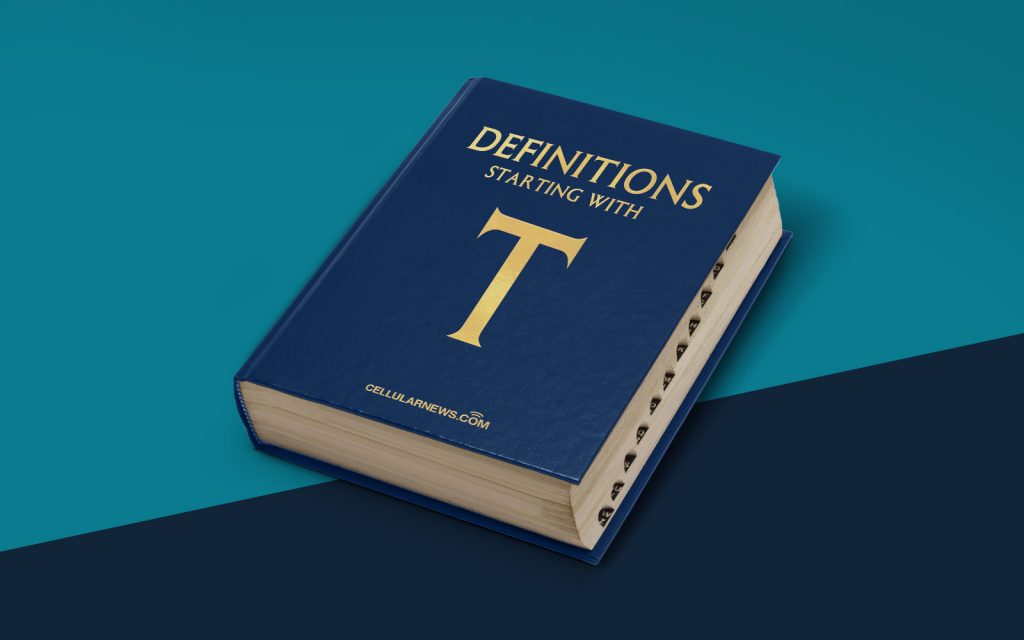
What is Tabular Data Control (TDC)?
Welcome back to another exciting installment of our “DEFINITIONS” series! Today, we dive deep into the world of Tabular Data Control (TDC). So, grab a cup of coffee, settle in, and let’s unravel the mysteries of TDC together.
Tabular Data Control (TDC) refers to a powerful tool that allows users to organize and present data in a structured, tabular format. It provides a cohesive and interactive way to display information, making it easier for users to comprehend and analyze complex datasets. In simple terms, TDC acts as a control mechanism that helps users make sense of large amounts of data by presenting it in a visually appealing and easily digestible format.
Key Takeaways:
- TDC is a tool used to organize and present data in a tabular format.
- It helps users comprehend and analyze complex datasets by providing an interactive and visually appealing interface.
Now that we have a general understanding of what TDC is, let’s delve a little deeper into its features and benefits:
1. Organized Data Display:
TDC allows users to arrange data efficiently into rows and columns, resembling a table-like structure. This organized display enables users to easily locate, compare, and interpret information.
2. Sorting and Filtering Capabilities:
One of the key features of TDC is its ability to sort and filter data based on various criteria. Users can sort data by ascending or descending order, as well as apply filters to display specific subsets of information. This functionality significantly enhances data analysis and exploration.
3. Interactive Data Exploration:
TDC provides interactive features that allow users to interact with the data embedded within the table. Users can perform actions such as clicking on a cell to view additional details, highlighting specific rows or columns, or even drilling down into sub-tables for deeper analysis.
4. Integration with Other Tools:
TDC often integrates seamlessly with other tools and software, including spreadsheet applications and data visualization platforms. This integration enables users to import data from various sources and export it to different file formats, enhancing collaboration and data sharing.
5. Customization Options:
TDC provides customization options that allow users to tailor the appearance and behavior of the table according to their specific needs. Users can modify column widths, apply formatting styles, and even apply conditional formatting to highlight specific data points.
Conclusion
In conclusion, TDC is a valuable tool for organizing and presenting data in an easily understandable format. Its features, such as organized data display, sorting/filtering capabilities, interactive exploration, integration with other tools, and customization options, make it an indispensable asset for data analysts and decision-makers.
So, the next time you find yourself overwhelmed by a deluge of data, remember the power of Tabular Data Control (TDC) to simplify and streamline your data analysis process.
